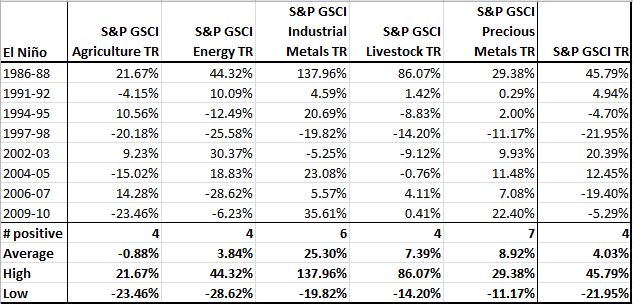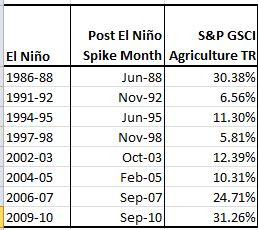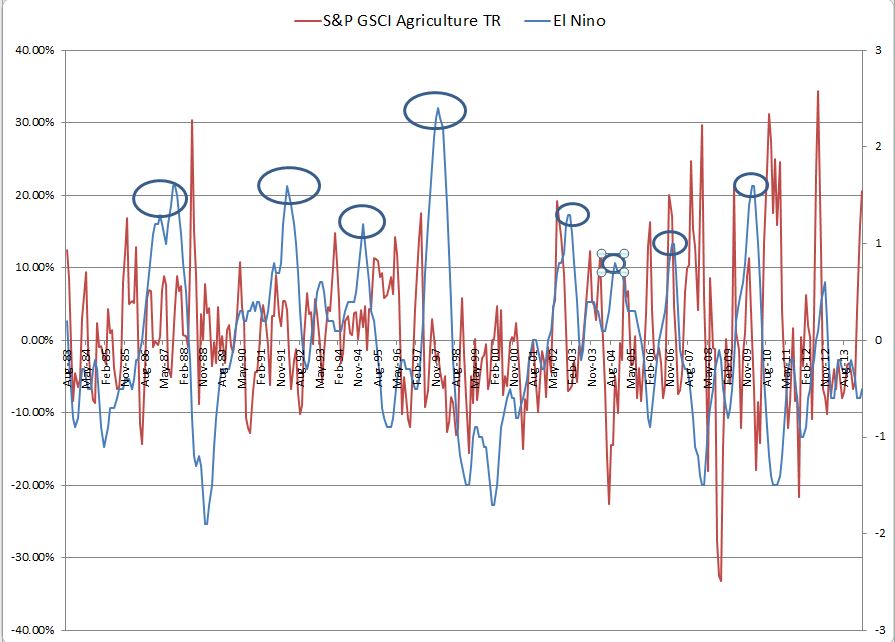Recently at a panel discussion that I participated, one topic we talked about was if the bond price volatility in Asia is an obstacle to the investors. I believe it is a common misconception in the market.
A volatility analysis was run on the local currency denominated bonds of the 10 countries that tracked by the S&P Pan Asia Bond Index, which are China, Hong Kong, India, Indonesia, Korea, Singapore, Malaysia, Philippines, Taiwan and Thailand. Excluding the relatively high volatilities in Indonesia and Philippines, most countries have an annualized volatility around the 2% level. Interesting to note, while Indonesia and Philippines bond markets are more volatile, they also have the strongest growth in size among the 10 countries, as they expanded more than fourfold and threefold since December 2006.
We also compared the five-year annualized volatilities of the S&P Pan Asia Bond Index (denominated in USD) with other major bond markets, such as the U.S. treasury, U.S. investment grade corporate, U.S. high yield corporate, Eurozone sovereign and Australian bond markets, see the exhibit below. It is observed that the bond price volatility in Asia (even accounting for foreign currency fluctuations) is not necessarily higher than the other major markets. In fact, the S&P Pan Asia Bond Index has been historically less volatile than the S&P U.S. Issued Investment Grade Bond Index for the periods of one-year, five-year and since December 2006.

Want to take a closer look at Pan Asian Fixed Income? Please continue to read http://www.spindices.com/documents/education/practice-essentials-closer-look-at-pan-asian-fixed-income.pdf
The S&P Pan Asia Bond Index is designed to provide a broad and independent benchmark for the local-currency denominated bond markets. Country-level and sector-level indices are available.
The posts on this blog are opinions, not advice. Please read our Disclaimers.







